Meet Tiffanie Rosier, postsecondary CTE fellow with ACTE and former STEM education coordinator with NOVA SySTEMic at Northern Virginia Community College. Rosier’s interview appears in a digital-exclusive spotlight series on current fellows in the Postsecondary Leadership Success Program at ACTE – Sponsored by ECMC Foundation.
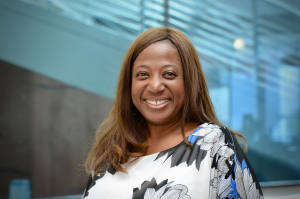
What leadership skills do you hope to develop as part of the postsecondary CTE fellowship?
I want to build a professional network to support my development as a postsecondary leader in career and technical education (CTE). I want to accomplish these goals by connecting with other cohort members to learn more about what they do.
Additionally, I want to enhance my understanding of challenges related to CTE staffing and strategies for recruiting and retaining CTE faculty. One way I can develop my leadership skills in this area is to interview a CTE administrator responsible for recruitment and staffing. An additional activity to increase my experiences in this area may include attending a workshop focused on inclusion, access, equity and diversity for CTE professionals.
Finally, I will seek out discussions with my mentor to learn about their experiences. Their knowledge and expertise can assist me in developing leadership skills related to recruitment, staffing and training.
In what ways have you innovated to engage students >amp; inspire colleagues in CTE through the COVID-19 pandemic?
I co-wrote an InNOVAtion grant for a virtual project titled, The Career >amp; Leadership Readiness Institute (CLRI) at Northern Virginia Community College (NOVA). Requirements to obtain the certificate included completing a variety of workshops on topics such as:
- Resume preparation
- Interviewing
- Networking
- Diversity, equity and inclusion in the workplace
- Communication and conflict resolution
- How to stand out from the crowd, professionally
And students delivered a final project to complete their CLRI certification.
Orientation sessions were offered from November 2020–January 2021. And more than 500 individuals attended 21 workshops, panels and information sessions led by 29 community partners in spring 2021. Captioning services were provided for every session. In addition, NOVA’s American Sign Language interpreting students were invited to practice their skills.
CLRI’s first goal was to provide opportunities for students to engage in career and leadership readiness training. They experienced professional networking activities with the NOVA community and employers to increase career connections. The second goal was to prepare NOVA students with the knowledge, skills and awareness to navigate a diverse workplace.
Our education systems face many challenges. Please discuss the steps CTE can take to improve equitable access to high-quality CTE programs of study.
Educators may take a SWOT analysis approach. Provide stakeholders with the information, activities and resources to identify strengths, weaknesses, opportunities and threats (SWOT) related to the programming they develop and implement. This activity can help identify strategies for creating more equitable, high-quality CTE programs. Create opportunities for training while recognizing that educators have different needs; everyone exists in different stages of awareness.
Provide information in multiple formats! Diversity of format not only allows more individuals to receive access to information but can also create more opportunities for engagement. Ensure that individuals may choose when and how to be exposed to and process information.
Finally, create opportunities for people to ask questions and share information about topics related to equitable education. Offer these opportunities in comfortable environments, where individuals can be open to share thoughts, opinions and ideas. The definition of comfortable is up for interpretation, so I believe the ability to focus on topics related to equitable education needs to be flexible and fluid.
Learn more about the Postsecondary Leadership Success Program at ACTE – Sponsored by ECMC Foundation.
Please also meet:
- Tachaka Hollins, assistant vice chancellor for academic affairs at the Tennessee Board of Regents
- Tracey D. Cooper, executive director of nursing at Temple College
- Bernie Phelps, director of Perkins, Perkins Rural Reserve and dual enrollment at Montana Tech, Highlands College
- Vickie Thomas, director of the Center for Workforce and Community Development at Eastern New Mexico University – Roswell
- Moira Lafayette, dean of health sciences and public safety at Blackhawk Technical College
- Brad Kinsinger, director of the Global Agriculture Learning Center at Hawkeye Community College
- Eric Sewell, director of technical education at Southern Union State Community College
- C.J. Wurster, district director at Maricopa County Community College District
- Katie Vincent, director of workforce partnerships at Owensboro Community and Technical College
- Xue Xing, assistant professor of teaching and learning at University of Nevada, Las Vegas
- Aleksander Marthinussen, program manager with NOVA SySTEMic at Northern Virginia Community College
- Martha Payan-Hernandez, director of CTE at Fullerton College
- Dan Adams, former CTE administrator and current stay-at-home dad
- Ashlee Spannagel, dean of CTE and workforce development at Southeastern Community College
- Darlene O’Rourke, Perkins grant director and officer at Queensborough Community College
- Shelsi Barber-Carter, CTE coordinator at Baton Rouge Community College
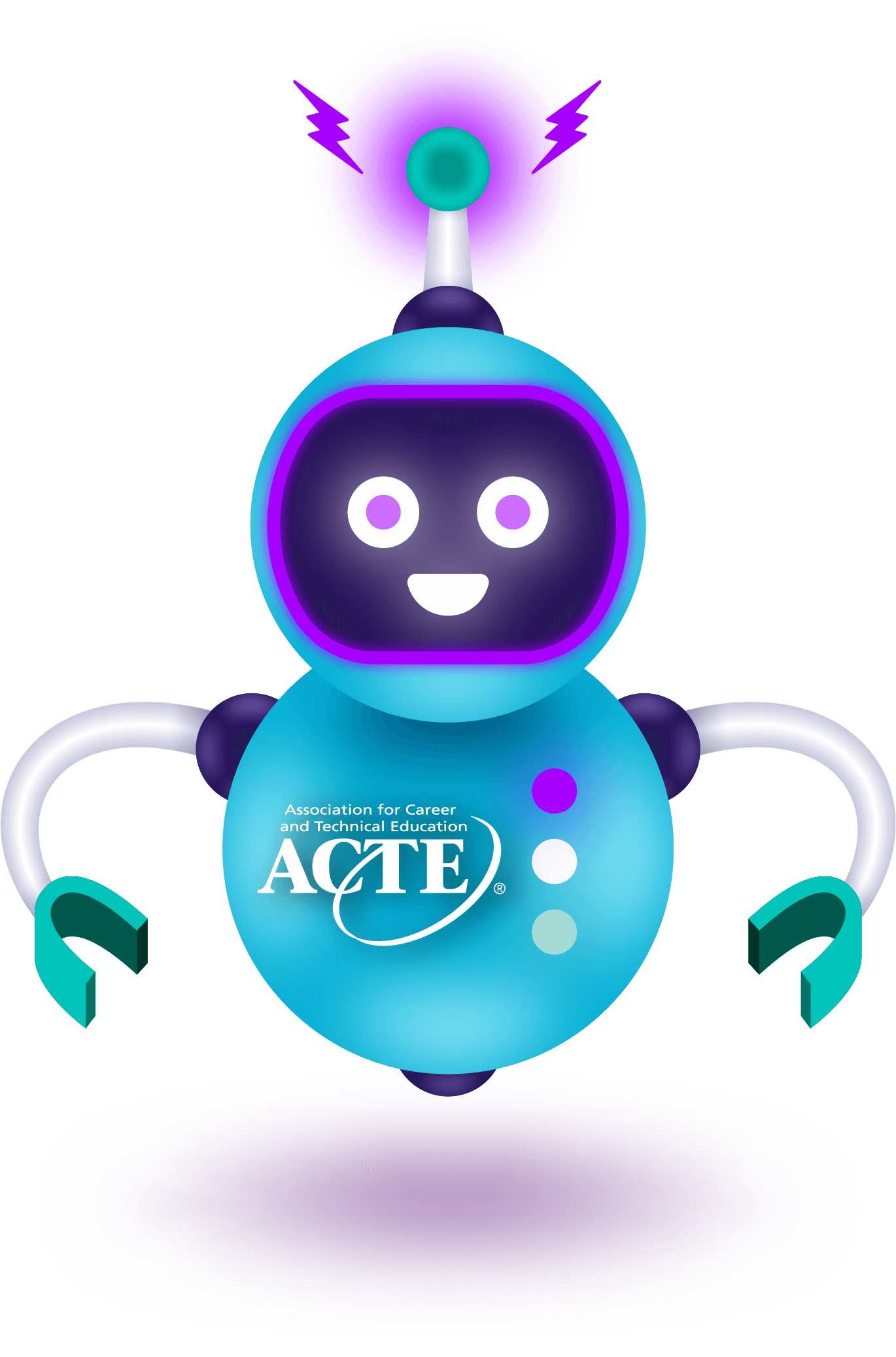

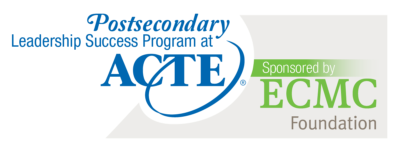
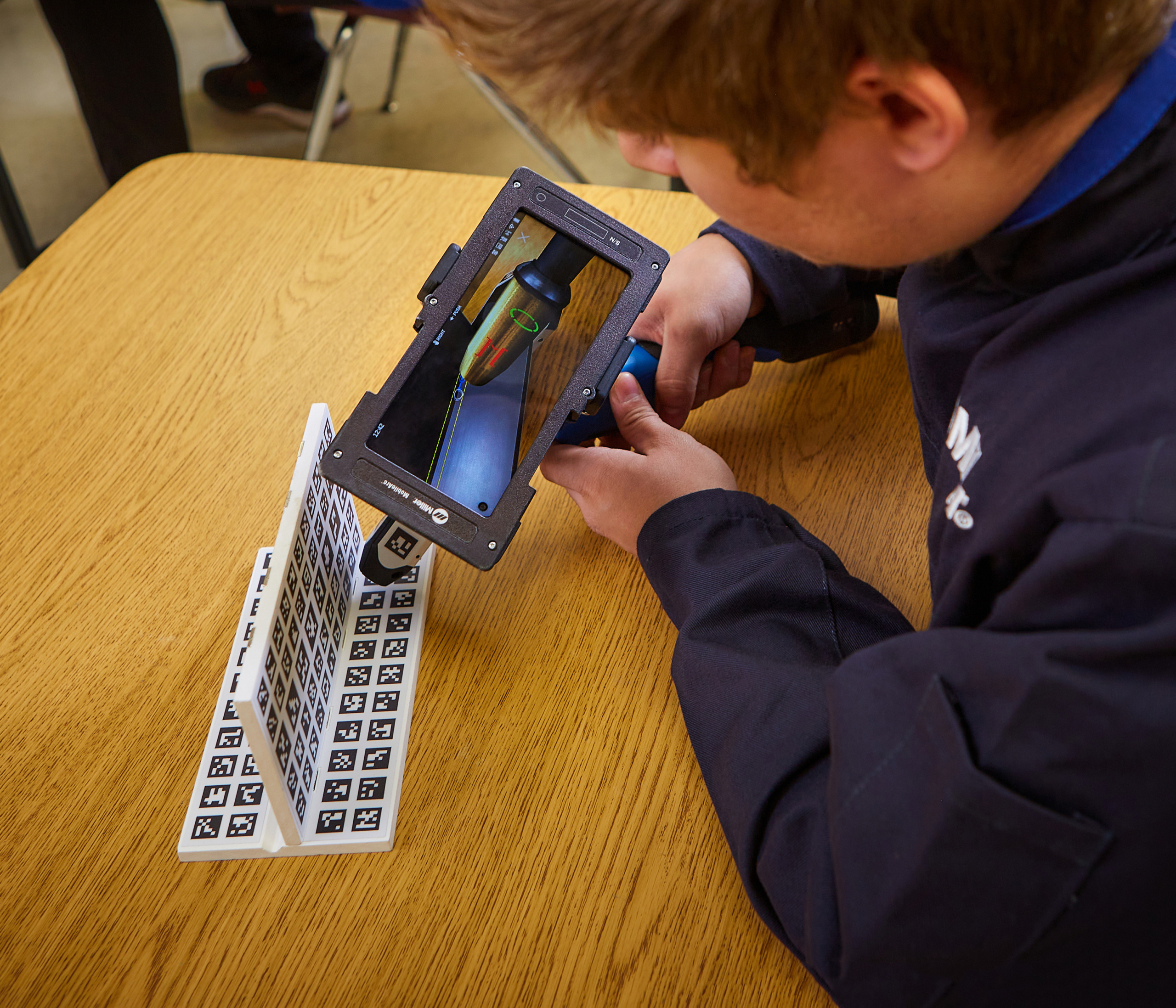
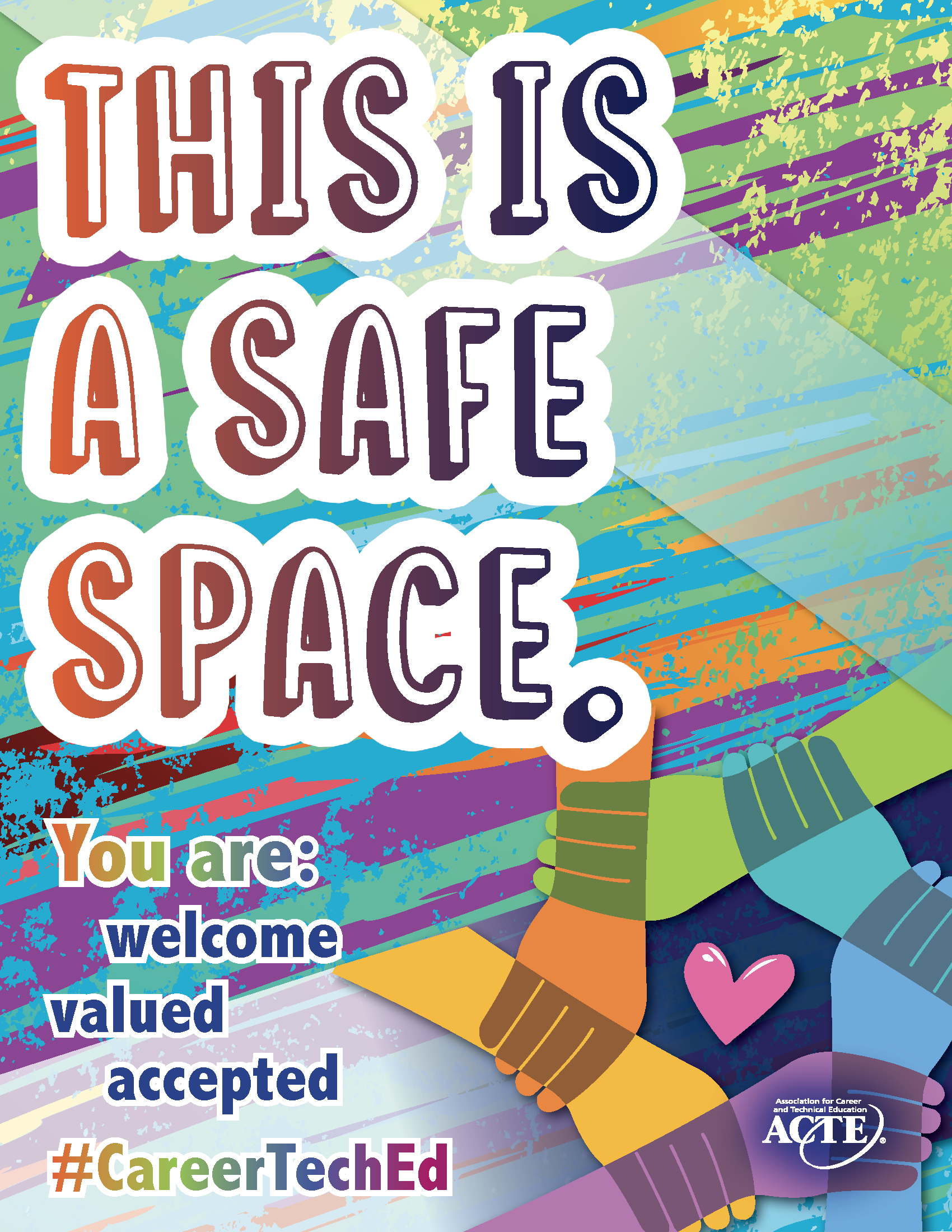
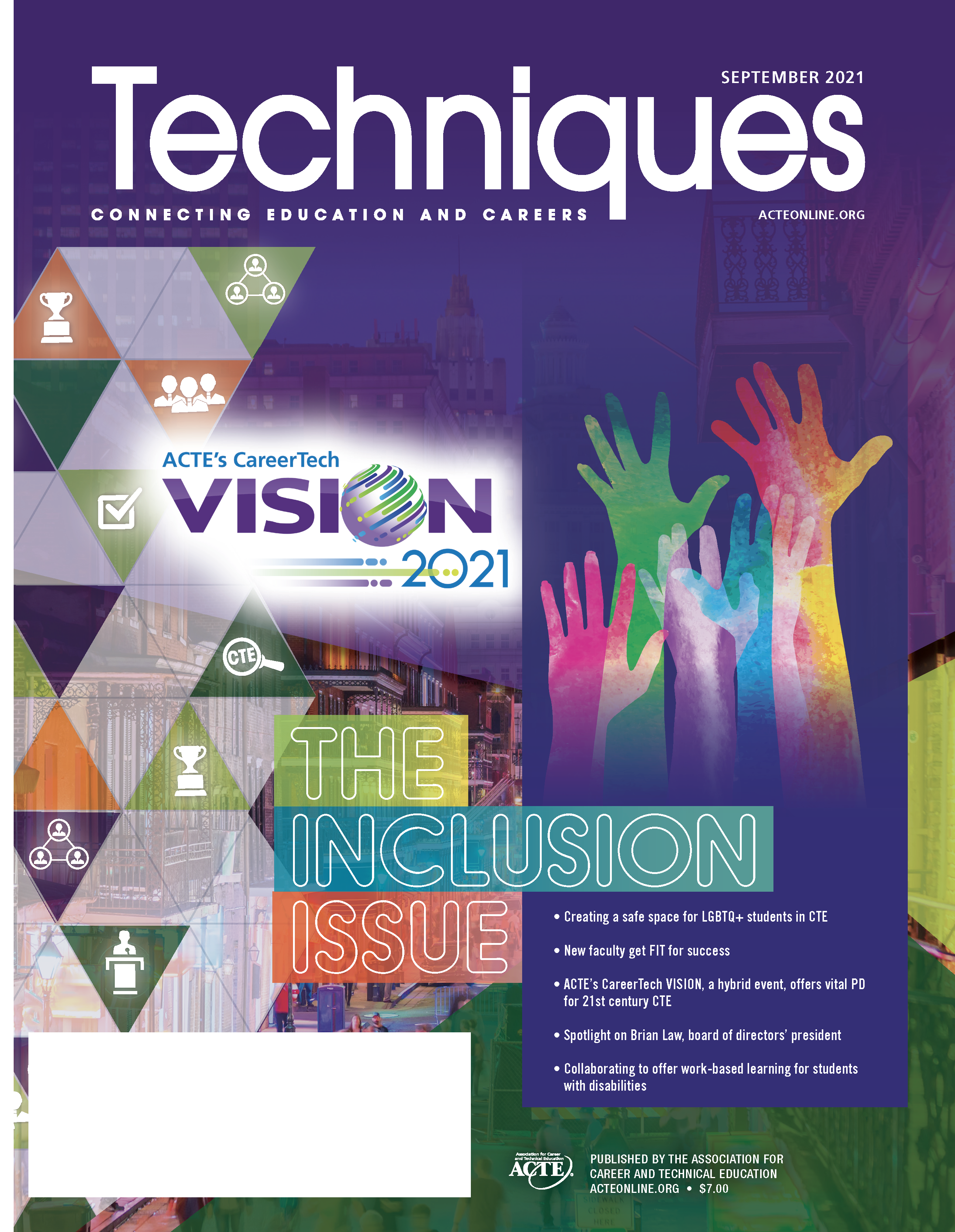 It’s likely you’ve taught a student who identifies as lesbian, gay, bisexual, transgender or queer (LGBTQ+). Such youth with caring adults in their lives are less likely to self-harm and more likely to thrive in CTE. Anna Hall, a family and consumer sciences educator, offers best practices for creating more inclusive learning environments.
It’s likely you’ve taught a student who identifies as lesbian, gay, bisexual, transgender or queer (LGBTQ+). Such youth with caring adults in their lives are less likely to self-harm and more likely to thrive in CTE. Anna Hall, a family and consumer sciences educator, offers best practices for creating more inclusive learning environments.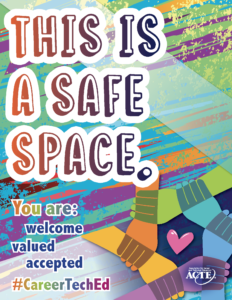
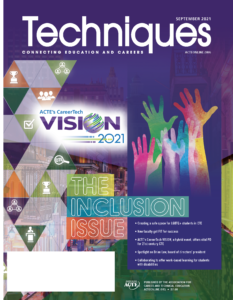 Industry experts spend years or even decades perfecting their trade. However, they may have little or no experience as a faculty member. Without support in the transition from business and industry to academia, new faculty may lack the foundation and skills needed to be effective in the classroom.
Industry experts spend years or even decades perfecting their trade. However, they may have little or no experience as a faculty member. Without support in the transition from business and industry to academia, new faculty may lack the foundation and skills needed to be effective in the classroom.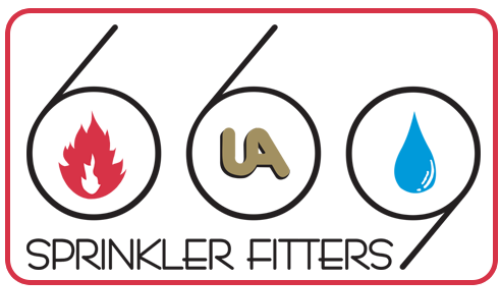
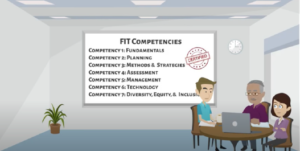
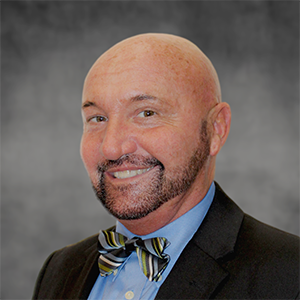
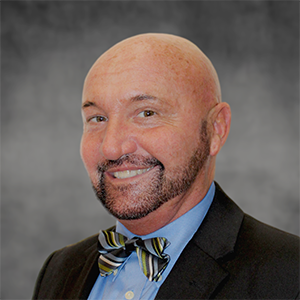 Meet
Meet 
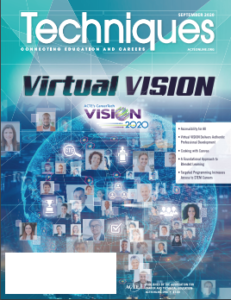 LeAnn Wilson wrote: “The show must go on!” Planning for
LeAnn Wilson wrote: “The show must go on!” Planning for 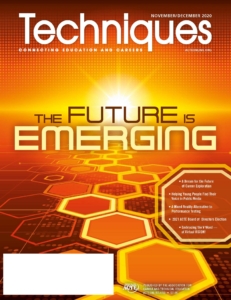 Doug Major wrote: “There has never been a more exciting — and challenging — time to be part of career and technical education. We have the opportunity to work together to reimagine CTE in a post-pandemic world.”
Doug Major wrote: “There has never been a more exciting — and challenging — time to be part of career and technical education. We have the opportunity to work together to reimagine CTE in a post-pandemic world.”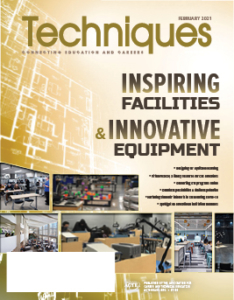 “High-quality CTE programs must innovate and inspire to engage students.”
“High-quality CTE programs must innovate and inspire to engage students.”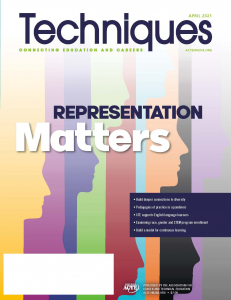 As a global economy expands further, consider your role and responsibility to improve representation in education. The April 2021 issue of Techniques featured articles from educators and CTE stakeholders designed to inspire reflection as well as action. We must confront vast systemic inequities to design more equitable learning opportunities
As a global economy expands further, consider your role and responsibility to improve representation in education. The April 2021 issue of Techniques featured articles from educators and CTE stakeholders designed to inspire reflection as well as action. We must confront vast systemic inequities to design more equitable learning opportunities





